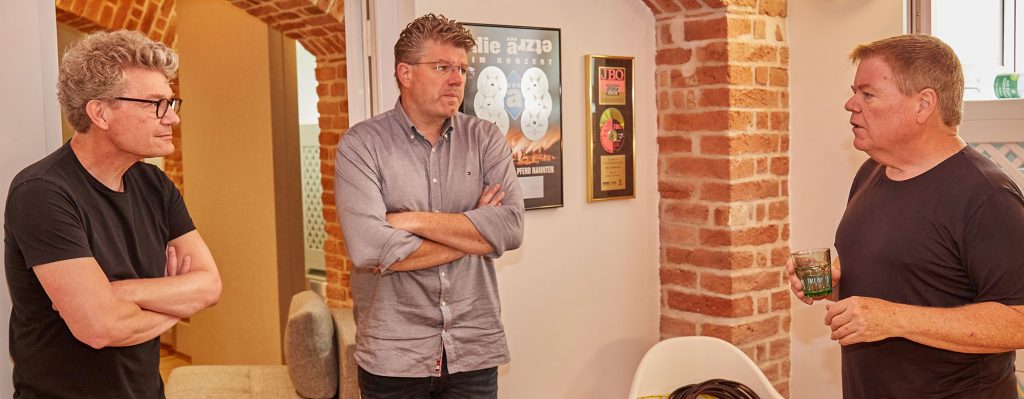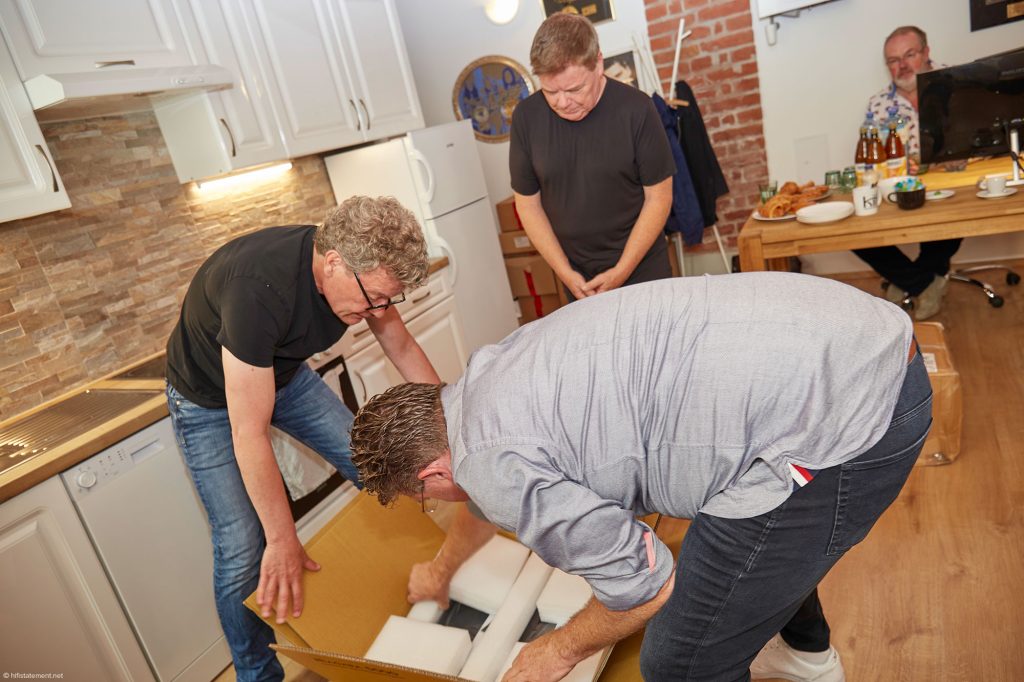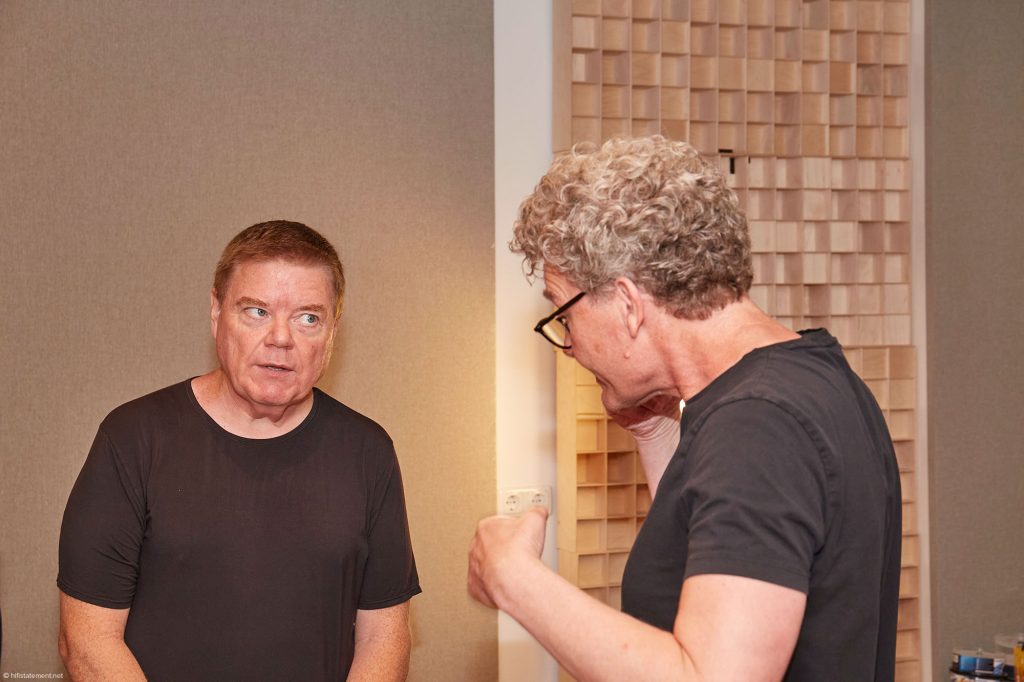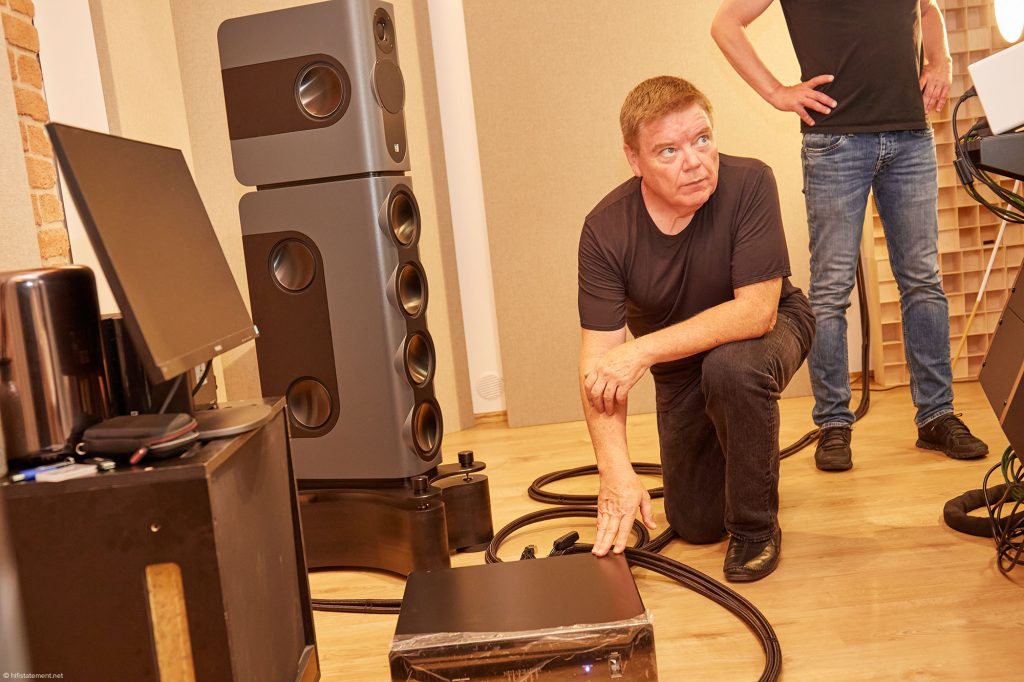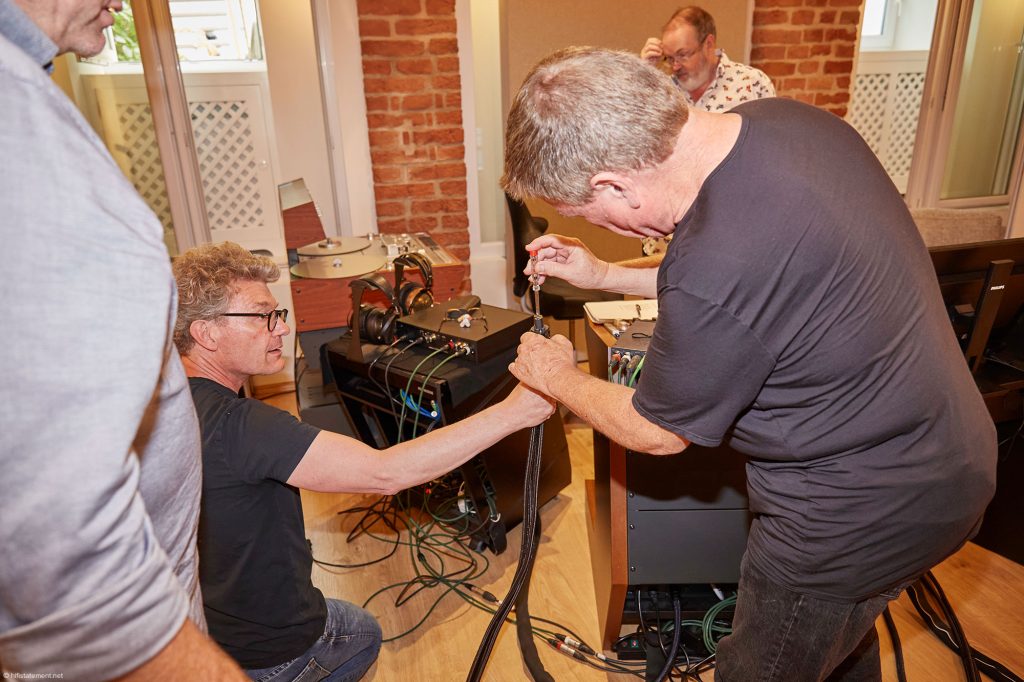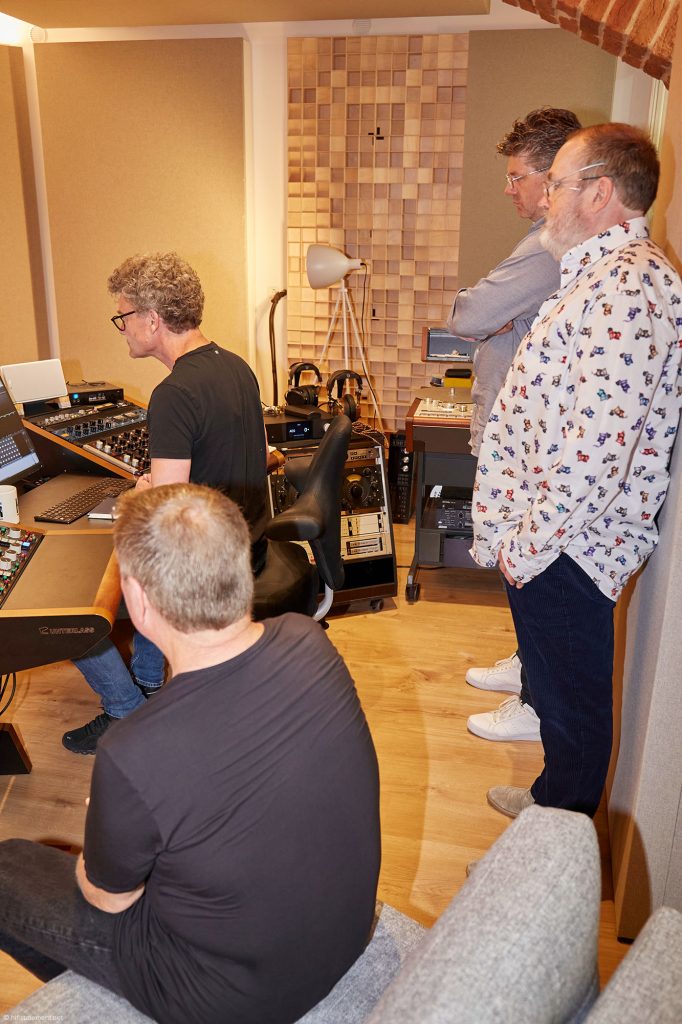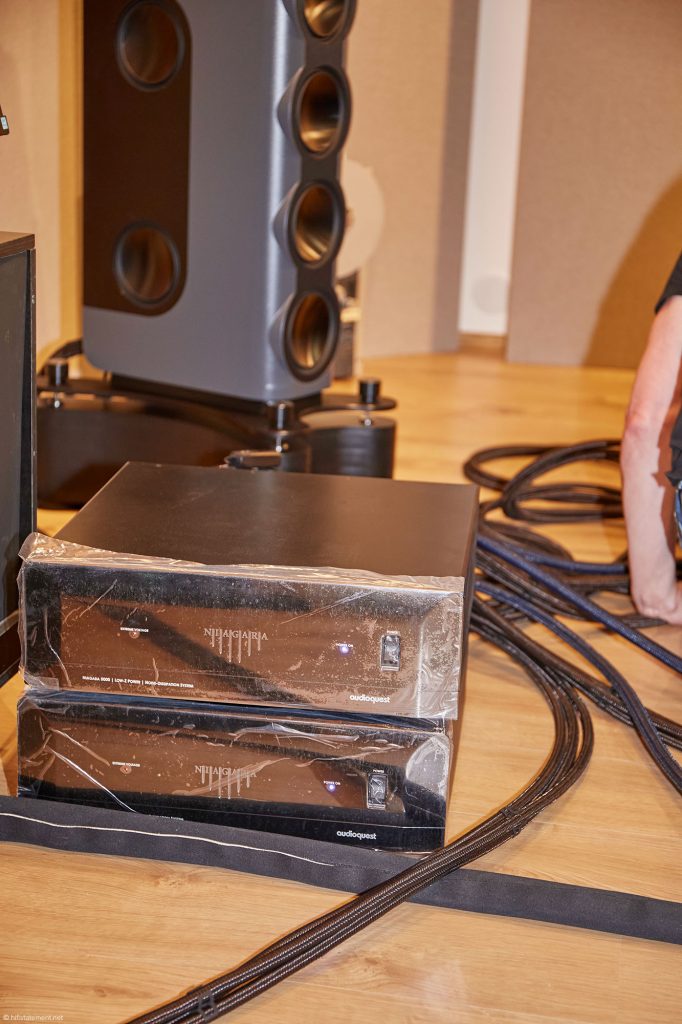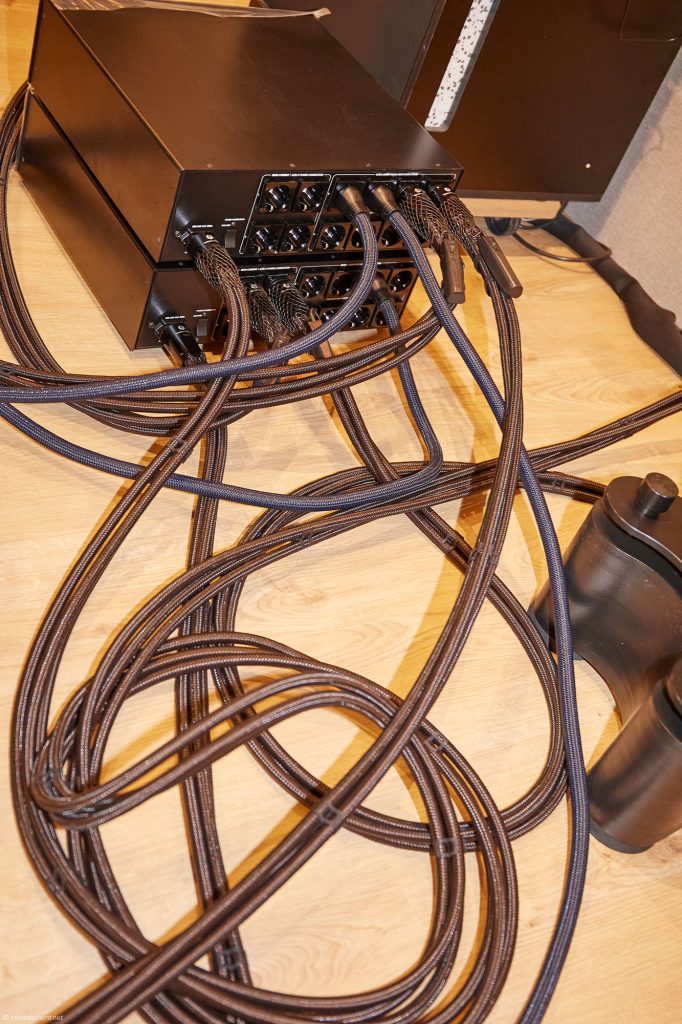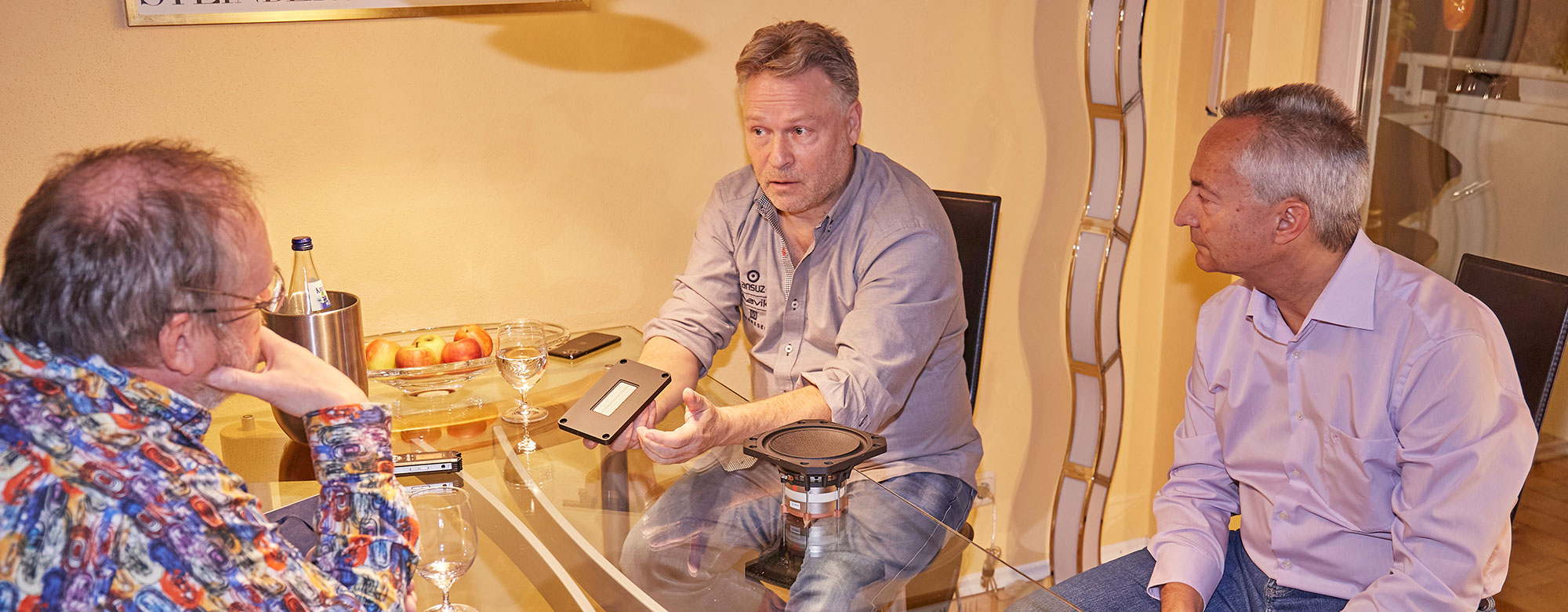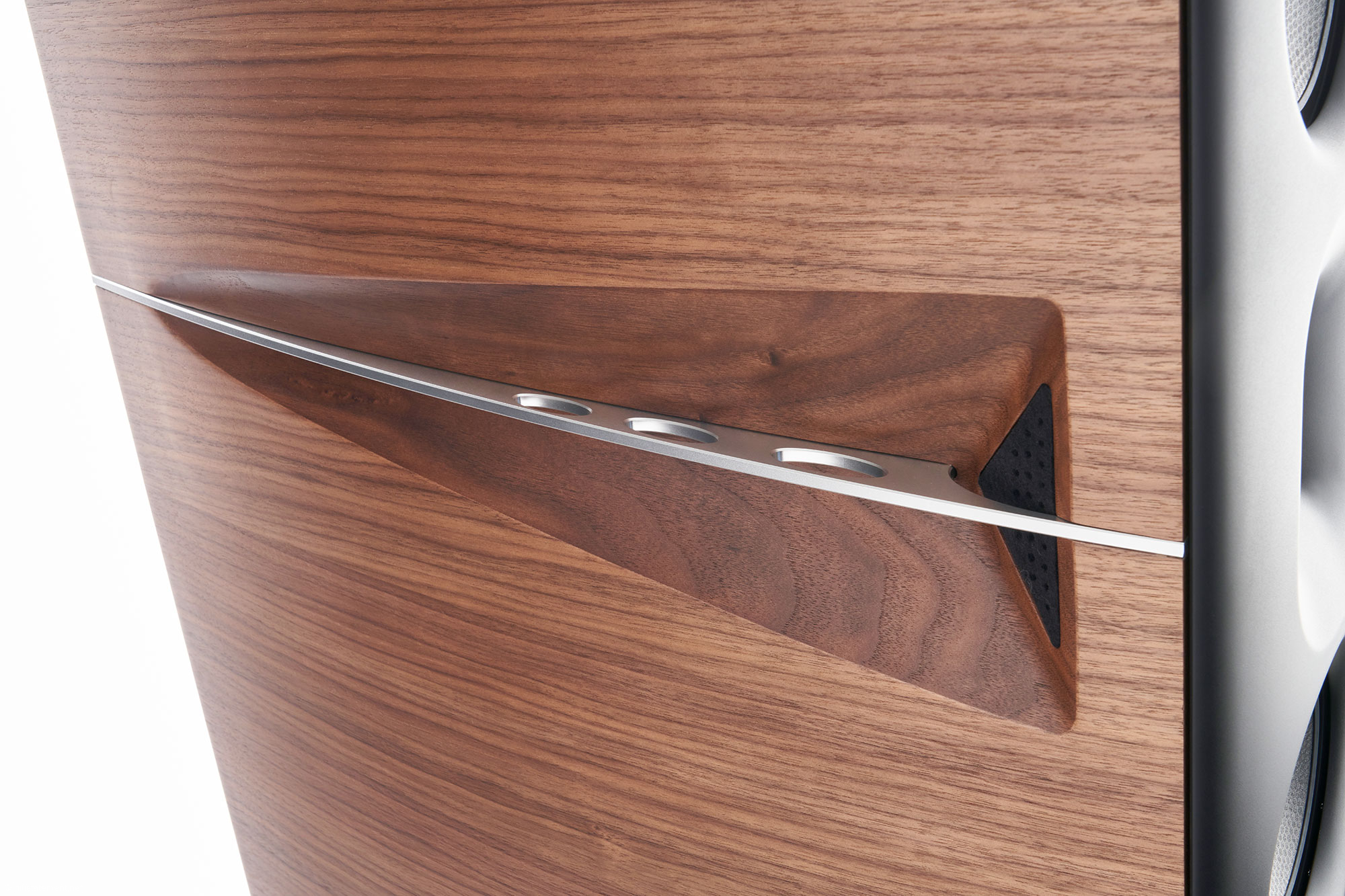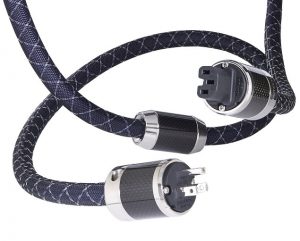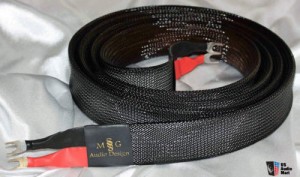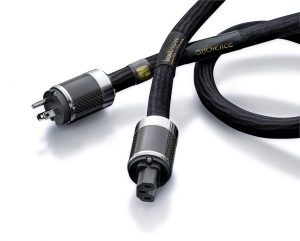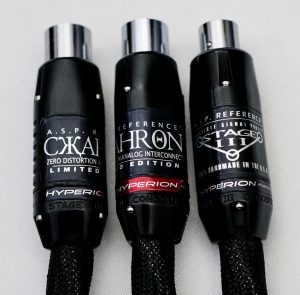Dirk Sommer, Birgit Hammer (photography).
This review is quite unusual: Audioquest's "LowZ/Noise-Dissipation" mains power technology, implemented in cables and power conditioners, which has recently received the Statement in High Fidelity award, has to show in the CSM mastering studio whether it has there just as positive an influence on the sound as in a HiFi system. Best of all, you can have a listen and decide for yourself!
The abbreviation CSM stands for "Christoph Stickel Mastering." The multi-award-winning sound engineer and lecturer at the Erich Thienhaus Institute—better known as the location of the sound engineer training at the Detmold University of Music in Germany—has a number of credentials to his name. These include the Munich University of Music, the ARD.ZDF Medienakademie (Media Academy of the German broadcast ARD and ZDF), and the SAE Institute. His list of references includes such illustrious names as Keith Jarrett, Mariss Jansons with the Bavarian Radio Symphony Orchestra, Yello, John Williams and Anne-Sophie Mutter with the Vienna Philharmonic, John Scofield, Sir Simon Rattle, Die Ärzte, Seal, Sergiu Celibidache, Friedrich Gulda, Conchita with the Vienna Symphony Orchestra, No Angels, as well as a Star Wars soundtrack. In my purely subjective selection, the six-LP box set Exclusively For My Friends by Oscar Peterson and DePhazz's Garage Pompeuse must, of course, not be missing here. On the reissue I produced, as well as on the recording of sommelier du son, it was Christoph Stickel who took care of the tonal finishing touches: a tremendously pleasant collaboration, the result of which you can download for free, at least in excerpts, under the links marked above—don't worry about the articles been written in German, the music download is international.
Christoph Stickel, Richard Drees and Garth Powell unpacking the Niagara.
Even after the re-release of a number of MPS albums that were carefully edited in mutual collaboration in terms of sound, I still meet Christoph Stickel from time to time, whether for exchanges about technical developments in the pro and hi-fi scene, smaller new projects, or for more private conversations, including the exploration of typical Viennese restaurants, the so-called "Beisl." During our first joint productions, Christoph Stickel was still working as a senior mastering engineer at the renowned MSM studio in Munich. A few years ago he then founded CS Mastering and set up his own studio in Vienna's 6th district. There he got disturbed from time to time by crackling noises in his playback system, which were probably caused by switching interferences from other devices in the building. So he planned to address this nuisance by using Furman mains power technology. The company enjoys an excellent reputation, especially in the event and studio sector. Not least because of this, my colleague Bert Seidenstücker reviewed a Furman power conditioner for use in hi-fi systems on these pages about seven years ago, and was so convinced of it that he purchased the Elite 16 Power Factor Ei right away after having tested it.
The developer—and jazz drummer—and the sound engineer: Despite looking quite skeptical here, Garth Powell does like the atmosphere in studios in general and at CS Mastering in particular.
As I learned in the interview with Garth Powell about the "LowZ/Noise-Dissipation" mains power technology he designed for Audioquest, he was previously responsible for the development of the Furman mains conditioners. Since three of my colleagues and I have been using Audioquest's Niagara 5000, along with the corresponding cables for several years with utmost contentment now, it was logical to recommend Garth Powell's latest creations to Christoph Stickel instead of his earlier designs made for Furman. When, a short time later, Rob Hay, Audioquest's Marketing Director for Europe, and Richard Drees, Sales Director for Germany, dropped by for a visit to introduce the fantastic Mythical Creatures interconnect cables, I asked them if they would be interested in having their power supply components tested in a mastering studio. Immediately after Richard Drees had clicked through the references list on the CSM website, a visit to Vienna was a done deal. An appointment was roughly planned to take place right before or shortly after this year's High End show.
The first Niagara has arrived at the studio.
I was really surprised when the plan took on a concrete shape: Richard Drees was planning to travel to Vienna together with Garth Powell right after the Munich show. Since cables and mains filters had already been sent ahead to Vienna and I didn't want to miss the opportunity, I picked them up and we then headed east together. Among other things, it was an excellent occasion to again talk to drummer and (free) jazz fan Garth Powell about his current musical projects. At hand he had the rough mix of an album recently recorded with his trio in the large recording room A of the legendary Capitol Studios.
The phase has to be right
After having arrived at the CSM studio, Garth Powell, Richard Drees, and Christoph Stickel first took care of the set-up by preparing a Niagara 5000, as well as Monsoon and Thunder cables in order to be able to quickly switch from what the studio owner called DIY store cabling to Audioquest cabling for the Kii THREE BXT active monitors, the Antelope Eclipse mastering AD/DA converter, and the Maselec mastering console, which is used to assume the preamplifier function. Garth Powell made sure that the Niagara was not connected to the mains while listening with the cheapies, as it unfolds part of its effect even if it’s only connected in parallel to the active devices. Christoph Stickel first listened to a few short excerpts from his current productions, then his guests had free choice thanks to the given streaming possibilities. As to me, I wanted to know how the intro of the first movement of Mahler's Symphony No. 3 sounded in the interpretation of the Bavarian Radio Symphony Orchestra under Mariss Jansons at the place where the album was mastered—a tip by Helmut Baumgärtner by the way, which I always like to pull up since reviewing the Stealth headphones.
The system is powered through the Niagara via Thunder and Monsoon mains cables.
To cut a long story short: It undeniably sounds a lot better when the studio's playback electronics get their power from the Niagara 5000 and the Audioquest cables. Three of the people present had expected this result. Christoph Stickel, on the other hand, seemed almost a little shocked: He went to great lengths with his equipment to bestow the recordings more space and air, to make them more transparent and give them at the same time more punch, and now he had to perceive that in most cases he had achieved more than he had previously been able to hear via his playback system. He then listened to more well-familiar projects than he did before switching to Garth Powell's designs, and was pleasantly surprised by the changes in each of the familiar tracks thanks to the now clean mains power. So the first milestone has been achieved: In the CS Mastering studio, the owner can now realize even more precisely what he is doing with his equipment.
Concentrated listening by all participants.
The second part of our test comprised listening to and documenting the influence of an optimized power supply on the mastering equipment. Christoph Stickel had recently mastered the Sebastian Müller Band's second album and had, of course, made notes on the settings of the equipment used: the purely analogue, dynamic mastering equalizer LISA by Tomo Audiolabs, SPL's tube compressor IRON, and Maselec Precision Stereo Equalizer MEA-2. In a first step, he carefully adjusted all settings as in the mastering at that time and created new files from the source material with the proven sonic enhancements. Then the equalizers and the compressor were changed over to mains power supply by a second Niagara 5000 and Audioquest cables instead of using the DIY store cabling, and further files were produced with unchanged settings. Now, you surely would like to know whether and, if so, how the clean power is noticeable in terms of sound? Well, I won't tell you. You'll have to hear it for yourself. Thankfully, Sebastian Müller has allowed us to make one track and the excerpt from a second one available for free download in two versions each: In the first version, the mastering tools receive their power via simple standard wiring; in the second version, Niagara and Co. ensure that the mains power is largely free of high-frequency noise and interference.
The second Niagara 5000 is used to supply the mastering components only.

Downloads. Sebastian Muller Volume 2
The Rose And The Magpie AQ | wav
A little tip: Regardless of the quality of your digital playback chain, it sounds better and the differences are more noticeable if you download the files to a hard drive instead of streaming them.
Only the playback system and the most necessary mastering components are connected yet, which in turn means that Christoph Stickel still has a lot of work ahead of him.
For all of those who want to know more about the technical side of the "LowZ/Noise-Dissipation" mains power technology, I recommend to take a further listen. In the interview—which widely seems like a monologue—Garth Powell explains his designs and the underlying physical correlations. The sometimes quite demanding explanations should convince even the last sceptic that Garth Powell and his creations are based on scientific principles and have nothing to do with esotericism.
Specifications
Audioquest Niagara 5000
- 80A Transient power correction (improved performance and current reservoir for any power amplifier)
- More than 23 octaves differential-mode filtering
- Patented ground-noise dissipation
- Non-sacrificial and sonically non-invasive surge protection in case of multiple AC surges and suppression of current spikes
- Maximum RMS input current: 20A
- Maximum RMS current per source component at the output socket strip: 20A
- Outlets: Source (8-4 per strip); High-current (4)
- Dimensions (WxHxD): 17.5" (444.5mm) x 5.875" (133.1mm) x 17.2" (436.9mm)
- 3 RU rack mount kit optionally available
- Weight: 17.2kg
- Price: 5,500 euros
Audioquest Thunder
- Conductors: Solid Long-Grain Copper and Perfect-Surface Copper
- Technology: Zero-Ω characteristic impedance; dissipation of ground noise; 72V Dielectric-Bias System
- Sheath: Brown-black
- Terminations and cross sections: Hanging silver on red and Beryllium copper—Phase and neutral conductors 4.17mm²—Earth conductor 3,31mm²
- 1 meter: 1,000 euros
- 2 meters: 1,150 euros
- 3 meters: 1,300 euros
Audioquest Monsoon
- Conductors: Semi-solid Long-Grain Copper and Perfect-Surface Copper
- Technology: Zero-Ω characteristic impedance; dissipation of ground noise
- Sheath: Dark blue-black
- Terminations and cross sections: Directly gold-plated and silver-plated; Cold-welded plugs, Conductor cross section 3,31mm²
- 1 meter: 370 euros
- 2 meters: 500 euros
- 3 meters: 630 euros
Distribution
AudioQuest BV
Hoge Bergen 10
4704RH Roosendaal
The Netherlands
+31 165 54 1404
Studio
cs mastering – Christoph Stickel
Webgasse 22
1060 Vienna
Austria
+43 660 9360050




